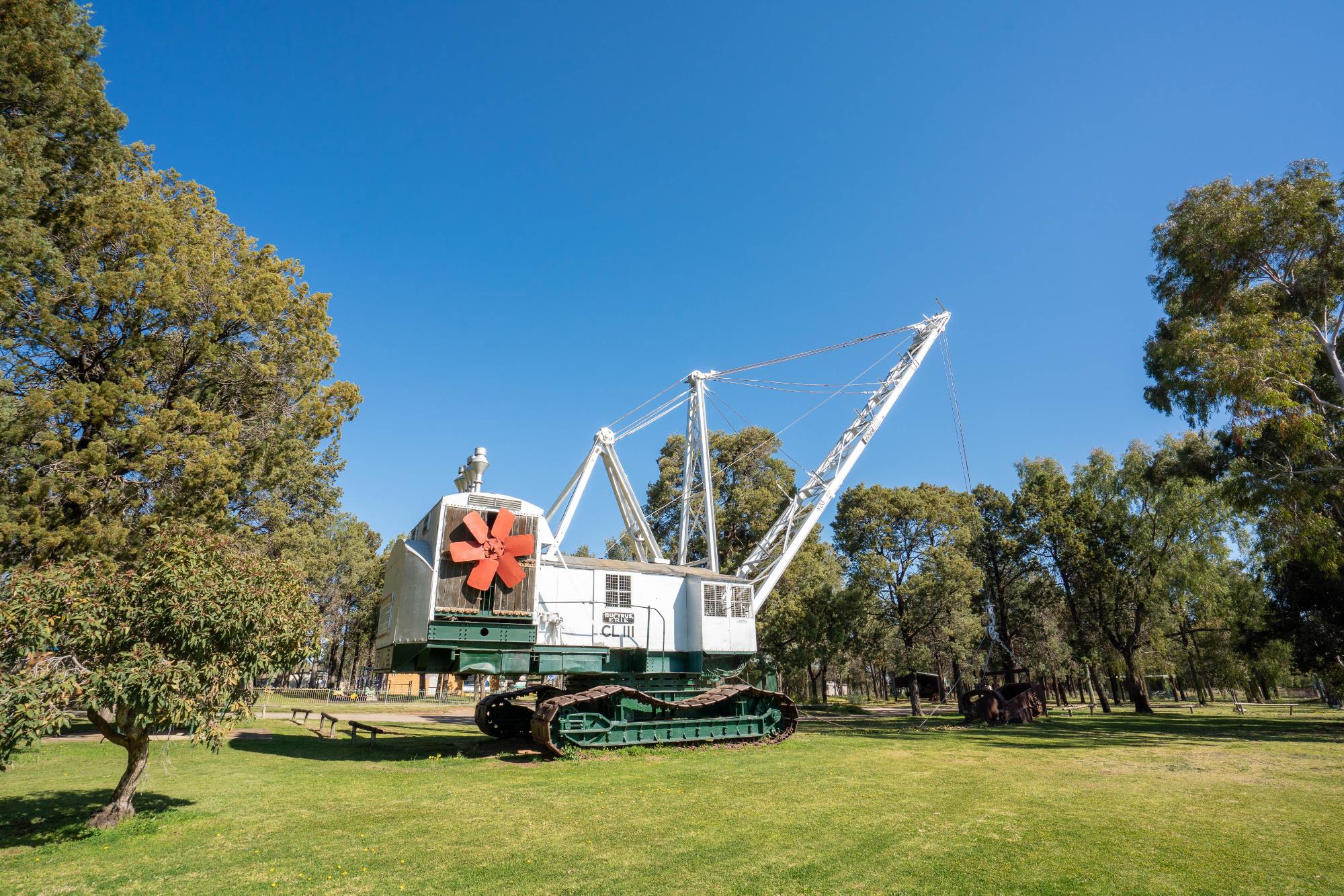Coleambally history and heritage

The story of Coleambally is built on water. The community was explicitly built to take advantage of the additional water made available by the Snowy Mountains Scheme.
The scheme called for the water of the Snowy and Eucumbene Rivers to be diverted inland through a series of tunnels and dams, under the Great Dividing Range, and into the Murray and Murrumbidgee Rivers. The scheme has since been described as one of the Seven Engineering Wonders of the World.
1958 - Construction of the main chanel got underway with four large Ruston Bucyrus Erie draglines doing the bulk of the excavating.
1959 - The first farms in the Coleambally Irrigation Area (CIA )were taken up. Farms were allocated using ballot system and generally "new irrigation settlers in the CIA were young married couples with children". A total of 875 farms were originally surveyed for allocation by ballot.
1959 - Gogelderie Weir (which is the weir in the Murrumbidgee River used for diverting water into the CIA) was completed and officially opened.
1960 - First water was delivered onto CIA farms through the dethridge wheel.
1968 - The town was established to service the farmers and families in the Coleambally Irrigation Area. The town is a planned community with gardens and streets named after local birds.
1968 - Construction of water tower
1969 – Coleambally Rice Mill opened
1974 – Great flood of the Murrumbidgee River
1982 – Drought and mouse plague
2000 – Coleambally Irrigation Co-operative limited becomes a private company owned by the irrigators
2010 – The first cotton crops are planted
For a comprehensive history of Coleambally, visit the Coleambally Lions Park display.